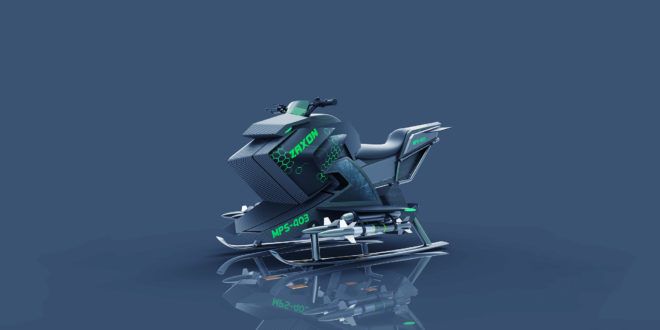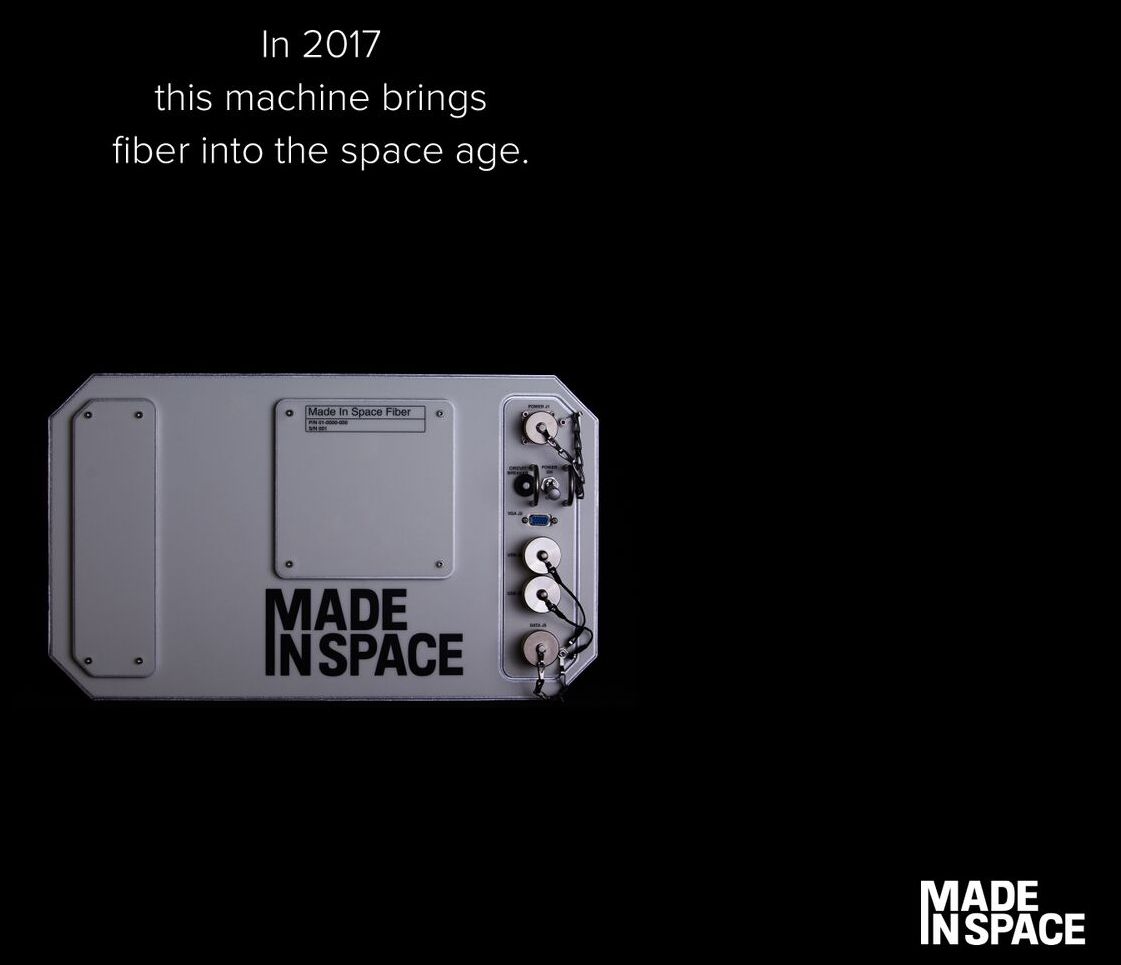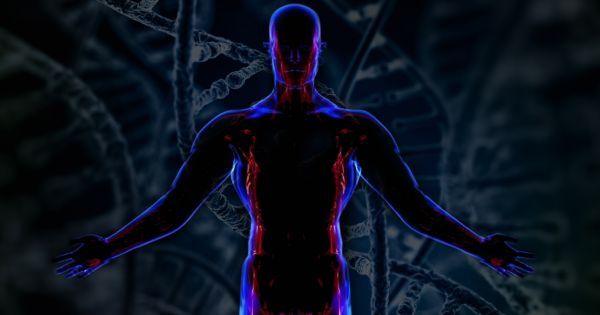SpaceX’s Elon Musk wants to put millions on Mars, but fellow billionaire Jeff Bezos envisions having them in rotating space habitats.
Get the latest international news and world events from around the world.

Special Forces Would Def Love Tooling Around on Flying Motorcycles
So I thought up the Zaxon, a tactical vehicle that uses that turbojet technology to deploy special forces on the ground to a target less than 100 clicks away, possibly after dropping from a Lockheed Martin C-5 Galaxy.
The size of a standard touring motorcycle, the single-seat Zaxon would use two larger engines up front, and two smaller ones in back. The jets could tilt slightly for liftoff, landing, or full-speed flying. The large fuel tank would sit inside the bike, taking the space usually occupied by a motorcycle engine.
Two jet nozzles would help with lateral stability, making small adjustments when necessary. An onboard flying system would help stabilize the vehicle automatically, although the pilot would need to be trained to properly feel the bike and learn how to react to its movements.

Making computers explain themselves
In recent years, the best-performing systems in artificial-intelligence research have come courtesy of neural networks, which look for patterns in training data that yield useful predictions or classifications. A neural net might, for instance, be trained to recognize certain objects in digital images or to infer the topics of texts.
But neural nets are black boxes. After training, a network may be very good at classifying data, but even its creators will have no idea why. With visual data, it’s sometimes possible to automate experiments that determine which visual features a neural net is responding to. But text-processing systems tend to be more opaque.
At the Association for Computational Linguistics’ Conference on Empirical Methods in Natural Language Processing, researchers from MIT’s Computer Science and Artificial Intelligence Laboratory (CSAIL) will present a new way to train neural networks so that they provide not only predictions and classifications but rationales for their decisions.
Scientists Bringing Dinosaurs Back to Life
Why governments have been concerned around SynBio including CRISPR.
# Scientists # Dinosaurs – Scientists Bringing Dinosaurs Back to Life : The Jurassic Park film franchise is one of the most popular ever made but no one actually wants to bring dinosaurs back. Right? We’ve all seen the movies. The outcome is never a positive one. However, scientists continue to defy the realm of possibilities.
SCIENTISTS FIND FOSSILIZED BRAIN; DINOSAURS MAKE A COMEBACK
Scientists have just found what they believe to be the first fossilized brain tissue ever found from a dinosaur. They found the rock looking object in East Sussex, England by a fossil hunter in 2004. Using technology and the great tools of science, researchers performed some tests on it. Inside the fossil, they found blood vessels, capillaries, and tissue from the cortex.

Dutch TV Host Designs, Customizes & Watches Her Own Kinematics Dress Being 3D Printed
If I have a very robust and sophisticated 3D/ 4D printer to make my own clothing, accessories, household furnishings plus another option in my printer/s to make dishware, household accessories, etc. Why would I ever need a Macys, Bed-Bath, etc. as well as Amazon for that matter for clothing, etc. Hmmm, and retail was already worried over Amazon and Aliexpress, etc.
We’ve followed Nervous System for two years now, with their stunning introduction of 4D printed apparel. Based in Somerville, MA, the design team has since offered numerous projects to the world, featuring their 3D printed Kinematics dress on more than one instance from the first one now permanently ensconced in MOMA to debuting their last in a Sydney Museum. And while we’ve reported on the innovation of their adaptive materials along with an overview of their construction in collaboration with Shapeways, now we are allowed to take a more comprehensive look from the present, as others look much further into the future.
Dutch TV channel NPO gave their viewers a thorough view at how the Kinematics dress is made, from the scanning process to the next step which is to choose the material and shape of the clothing, and then on to the actual 3D printing. You’ll see that the hosts are very excited about the process, and while unless you speak Dutch, you won’t understand a word, it’s easy to understand what’s going on and why everyone is so enthusiastic. The episode came about as both the Nervous System team and Shapeways came together again, and actually created a whole new Kinematic Petals Dress for the special.

As they highlighted the world of high-tech in ‘Netherlands in 2050,’ the hosts truly did bring the dress to life as rather than just explaining what happens, they showed us, with host Rachel Rosier enjoying the process firsthand at the Shapeways’ facility in Eindhoven. Keep in mind, again, that these dresses are in demand for the permanent collections of museums.

Artificial intelligence is transforming ERP solutions
Without a doubt, artificial intelligence (AI) will have a profound impact on the footprint of enterprise resource planning (ERP) solutions in the foreseeable future. AI will enable organizations to further optimize their operating model made up of business processes, software applications, governance structures and technology infrastructure.

California Startup Made In Space to Make Optical Fiber in Orbit
Society is about to take another big step into the age of space-based manufacturing.
Early next year, California-based startup Made In Space plans to launch a machine to the International Space Station (ISS) that will produce ZBLAN optical fiber.
ZBLAN has the potential to be much more efficient than the silica-based fiber currently used in the internet and telecommunications industries, but it’s tough to make here on Earth because the planet’s strong gravitational pull induces imperfections in the ZBLAN crystal lattice, Made In Space representatives said. [3D Printing: 10 Ways It Could Transform Space Travel].

How Smart Beta ETFs of the Future Will Use AI
Anyone who does not have QC as part of their 5+Yr Roadmap for IT are truly exposing their company as well as shareholders and customers. China, Russia, Cartels, DarkNet, etc. will use the technology to extort victims, destroy companies, economies, and complete countries where folks have not planned, budget, skilled up, and prep for full replacement of their infrastructure and Net access. Not to mention companies who have this infrastructure will provide better services/ CCE to svc. consumers.
In a recent article, we highlighted a smart beta ETF called the “Sprott BUZZ Social Media Insights ETF” that uses artificial intelligence (AI) to select and weight stocks. If we stop and think about that for a moment, that’s a pretty cool use of AI that seems well ahead of its time. Now we’re not saying that you should go out and buy this smart beta ETF right away. It uses social media data. We know that on social media, everyone’s an expert and many of the opinions that are stated are just that, opinions. However some of the signals may be legitimate. Someone who just bought Apple is likely to go on telling everyone how bullish they are on Apple shares. Bullish behavior is often accompanied by bullish rhetoric. And maybe that’s exactly the point, but the extent to which we’re actually using artificial intelligence here is not that meaningful. Simple scripting tools go out and scrape all this public data and then we use natural language processing (NLP) algorithms to determine if the data artifacts have a positive or negative sentiment. That’s not that intelligent, is it? This made us start to think about what it would take to create a truly “intelligent” smart beta ETF.
What is Smart Beta?
We have talked before about how people that work in finance love to obfuscate the simplicity of what they do with obscure acronyms and terminology. Complex nomenclature is suited for sophisticated scientific domains like synthetic biology or quantum computing but such language is hardly merited for use in the world of finance. We told you before what beta is. Smart beta is just another way of saying “rules based investing” which has in fact been around for centuries, but of course we act like it’s new and start publishing all kinds of research papers on it. In fact, a poll offered up by S&P Capital IQ shows that even 1 out of 4 finance professionals recognizes the term “smart beta” to be little more than a marketing gimmick:

Scientists Target 2026 As The Year of The First Synthetic Genome
Less than 10 years.
In Brief:
- A human genome contains 3 billion base pairs, one project is seeking to write a complete human genome, besting current efforts able to produce 1 million pairs.
- The researchers are looking to the future in hopes that their work will spur even further growth in science and technology.
Stanford Scientist: We’ll Have A Century of Medical Advances in the Next Decade
Nice!!!! Plus, we must keep in mind advances are accelerating like never before because tech industry is helping us knock out 2 things under each program due to the new usage of synthetic bio in systems and hardware. Example, DNA storage, MSFT’s work in other Synbio is also streamlined to find a cure for diabetes, Google and its own Synbio work is also inherently able to be used to help find a cure for cancer, etc.
In Brief:
- Author and researcher, Vivek Wadhwa, expects the tech industry to push medical science further than we have ever imagined.
- With the influx of tech’s heaviest hitters tackling medical science ventures, focus has shifted from treatment to the total eradication of disease.
